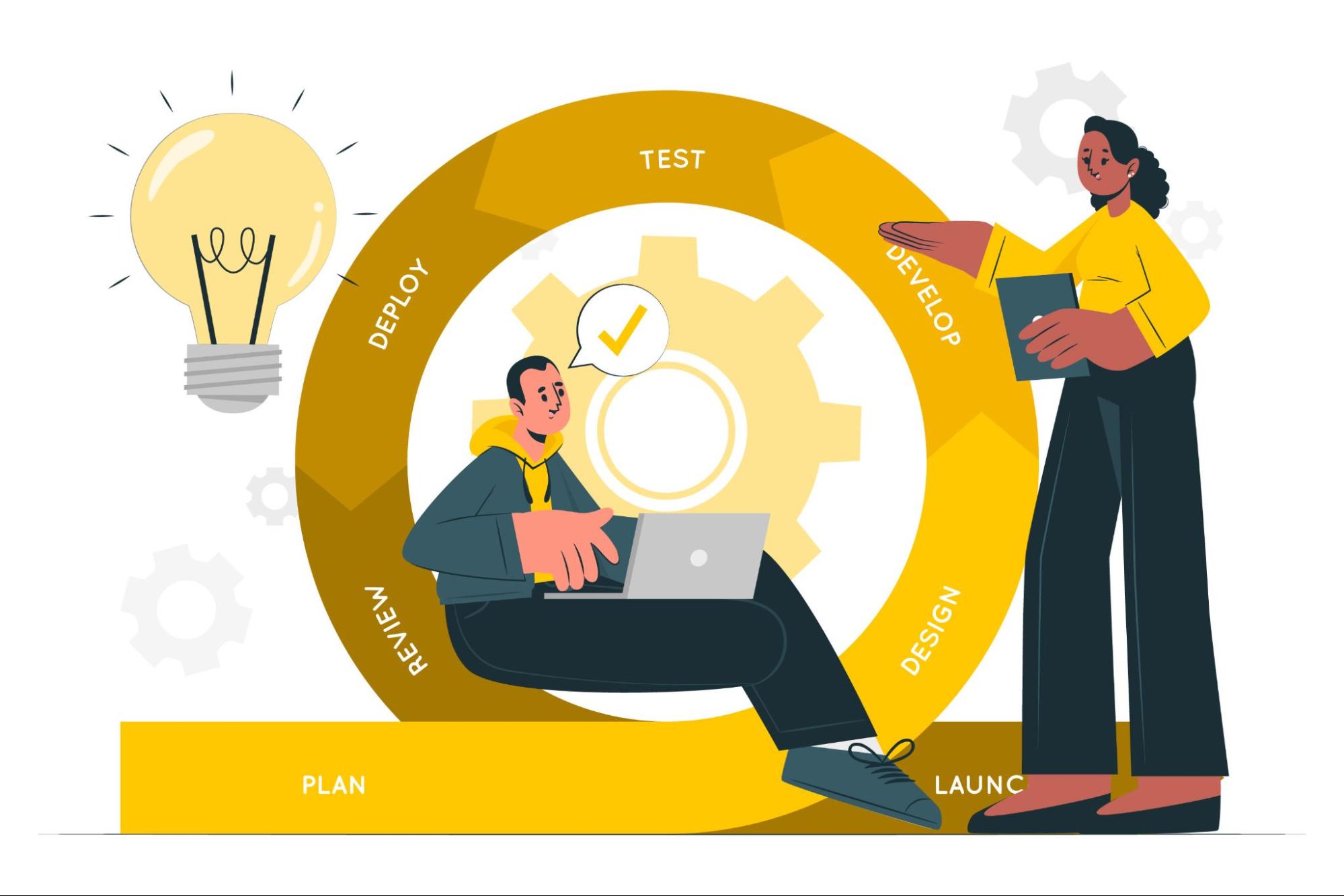Scrum Poker for Agile Projects: Simplifying Estimations with Collaboration
Understand how Scrum Poker facilitates collaborative estimations in agile projects, making planning more efficient and accurate.
Start Free Trial
Understand how Scrum Poker facilitates collaborative estimations in agile projects, making planning more efficient and accurate.
Start Free Trial
Estimating the effort required to complete development tasks is a common challenge for project managers, product managers, scrum masters, and software developers. They often face pressure to improve the accuracy of their predictions, making the estimation process a daunting task. Teams need to not only determine how to estimate but also find the right time to do so. One effective technique that addresses these challenges is Scrum Poker, a card game designed to make estimation simple and collaborative for software teams. Let's explore how Scrum Poker can enhance the estimation process for planning poker agile projects.

Scrum Poker, also known as Planning Poker, was created in 2002 by James Grenning. Dissatisfied with the then-popular estimation method, Wideband Delphi, which originated in the 1950s and was known for being time-consuming, Grenning sought a more efficient alternative. He envisioned Planning Poker as a way to address the issue of dominant voices in estimation discussions, where individuals in agreement tended to monopolize the conversation.
Grenning's innovation aimed to create a more balanced and inclusive estimation process. By introducing a game-like element, he encouraged equal participation and prevented any one person from steering the effort. This method for planning poker agile quickly gained traction for its effectiveness and collaborative nature.
Scrum Poker, also referred to as Planning Poker or Pointing Poker is a gamified technique used by development teams to estimate the effort required for project management tasks. This collaborative approach involves the entire team's input, resulting in more engaging and accurate estimations compared to traditional methods.
In Scrum Poker, each team member uses a set of cards similar to poker cards to estimate the number of story points for a given task. The process begins with a discussion of the task, ensuring everyone understands its scope and requirements. Team members then privately select a card representing their estimate. Once all cards are revealed simultaneously, the team discusses any discrepancies, allowing for a more thorough and balanced evaluation.
By incorporating everyone's perspectives and reaching a consensus, agile poker fosters a transparent and inclusive estimation process, ultimately leading to better project planning and execution.

At the start of a Planning Poker session, the product owner or customer presents an agile user story and reads it aloud. A user story is a brief, informal description of a software feature that outlines how it will benefit the end user.
Begin by giving each participant an identical deck of cards. Each deck contains numbers that the team has agreed to use for their estimates. Typically, these numbers follow a sequence such as 0, 1, 2, 3, 5, 8, 13, 20, 40, and 100. Another common sequence involves doubling the numbers, like 1, 2, 4, 8, and so forth. These values can represent various units, such as story points, ideal days, or other estimation metrics used by the team.
The decks are purposefully minimal, with significant jumps between numbers. This design helps the team quickly reach a consensus for each user story. If the decks included every number from one to fifty, the process would become unnecessarily slow and cumbersome.
The moderator, usually the product owner or manager, narrates the user story to the group and provides answers if participants have questions.
After the story is read, the group discusses it, sharing their perspectives. Key discussion points may include:
During this discussion, the group will also seek to gain a deeper understanding of the story by asking questions and clarifying any uncertainties.
Following the discussion, each participant privately selects a card from their deck to represent their estimate, typically in story points or ideal days. Once everyone has made their selection, the cards are revealed simultaneously. A higher card indicates that the task is perceived to be more difficult and time-consuming. It's common for estimates to vary widely at first.
If all team members show the same card, that number becomes the consensus estimate, allowing the group to move on to the next story. However, if there are differing estimates, further discussion is necessary. Participants with higher or lower estimates explain their reasoning to the team, aiming to persuade others to understand their perspective.
After this additional discussion, everyone selects a card again and reveals their choices. Participants may stick with their initial estimate or choose a new one based on the discussion. Usually, estimates begin to converge after the second round. If not, the process is repeated until the team reaches a consensus on a single number.

Research indicates that estimates derived from Planning Poker tend to be statistically higher and more accurate than individual estimates. This collaborative approach offers several advantages:
To maximize the benefits of Scrum Poker, it's essential to include key individuals who play critical roles in agile project management:
Including these key stakeholders ensures that Scrum Poker meetings are productive, collaborative, and aligned with project goals. Their collective input and participation help in achieving accurate estimations and fostering team consensus on project timelines and deliverables.
Planning Poker sessions are typically scheduled shortly after the initial creation of the product backlog. This timing allows teams to estimate the effort required for each backlog item, providing essential insights for sizing and scoping the project. As the project progresses, items are incrementally added to the backlog over time. Therefore, it is practical for teams to conduct Planning Poker sessions once per iteration.
This approach ensures that estimates remain up-to-date and reflective of current project needs. Sessions often take place a few days after the completion of an iteration, allowing the team to review completed work and plan effectively for upcoming tasks. Another effective scheduling option is to hold Planning Poker sessions immediately following daily standup meetings, leveraging the presence of the entire team to ensure comprehensive participation and timely decision-making based on daily progress. By strategically timing, planning poker agile sessions, teams can enhance collaboration, refine estimations, and maintain momentum throughout the agile development lifecycle.
Enhance your estimation accuracy with Scrum Poker apps. These tools are designed to streamline the estimation process by planning poker agile, fostering collaborative decision-making among team members. By utilizing Scrum Poker apps, teams can refine their estimates effectively, leading to more precise project planning and execution. Explore how Optimizory's solutions can optimize your project management efforts and improve overall team productivity. Visit Optimizory to learn more about proper project management using apps.

Most mature requirements management application for Jira.